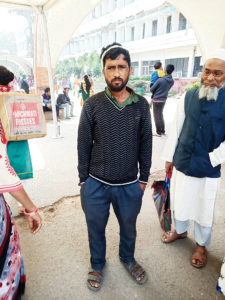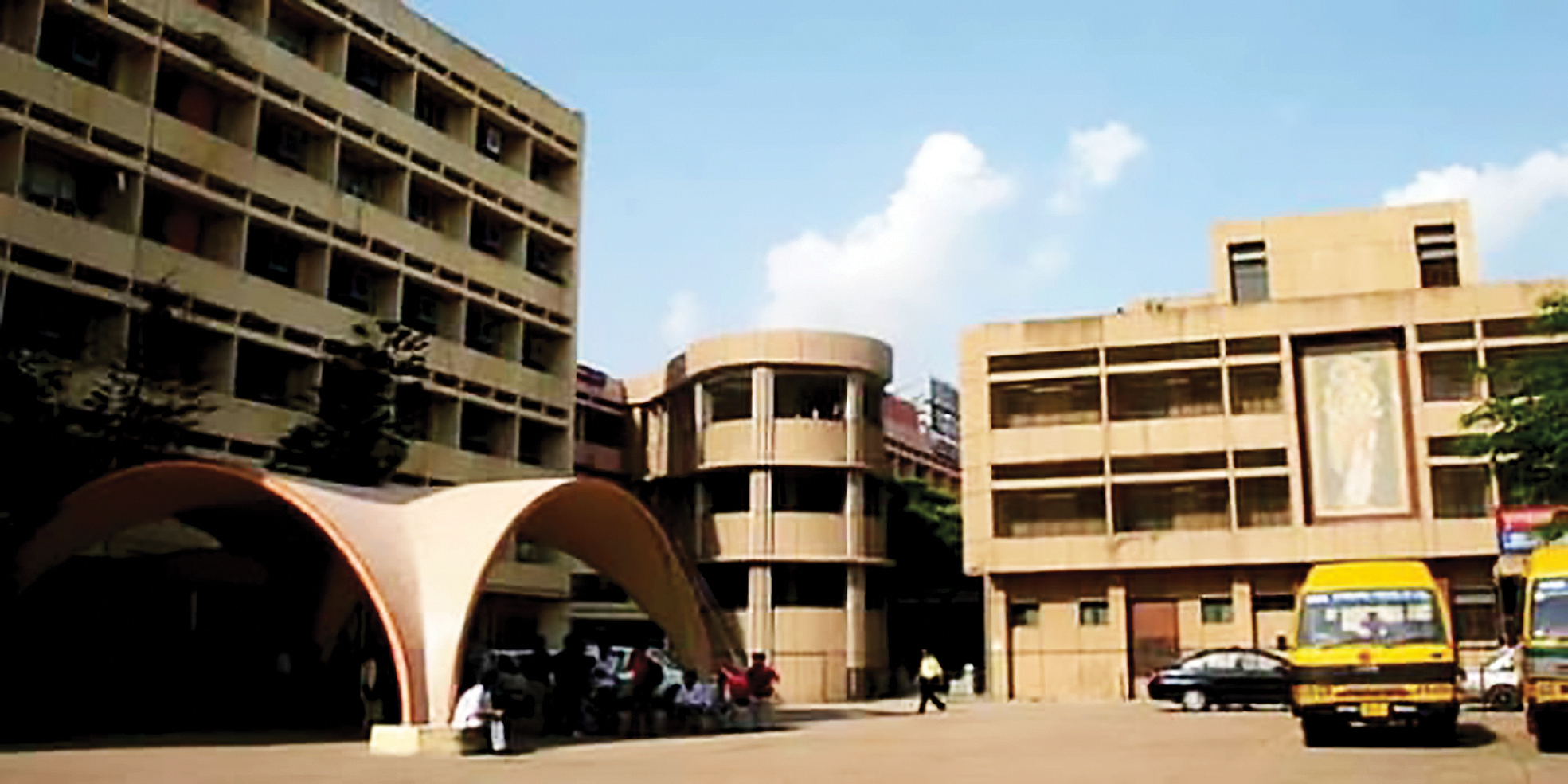GTB Hospital seems to have been ill-equipped to cope with the rush of patients from the nearby riot-hit area of North East Delhi. Families are alleging negligence and failure to lodge medico-legal cases
THAN SINGH, a 50-year-old daily wage worker, was injured on the first day of the gruesome riot that took place at various locations of North East Delhi. He sustained head injuries and was rushed to GTB hospital. Authorities didn’t allow any attendant to stay with him and when he died, no family member could be informed. Only when his niece Sarvesh and her brother went looking for him in different wards of the hospital, did they find him in the mortuary on 2 March. The family alleges it is a case of medical negligence.
In another instance, Rafiq, who was injured in riots and got four stitches on his head, came to the hospital on 1 March after someone told him that he would get help there but he was sent back to bring reports of the private treatment he had received. He rushed home but could not find them. He runs a small tea stall and his family – two daughters — are dependent on him. He is unable to sleep properly due to these injuries.
He says, “The doctor told me to bring the report. I don’t know where I put them. I was hiding at my friend’s place during the riots when I went for treatment to a private hospital. I am having problems dealing with these injuries and doctors here are not admitting me.”
GTB hospital located near Dilshad Garden is the nearest government hospital for riot-hit North East Delhi, thus the only choice for riot victims to get medical attention. As per data compiled by the hospital, out of 44 patients, 14 died during the treatment. Many victims accuse the hospital of negligence.
Jan Swasthya Abhiyan (JSA), a public health advocacy group, in its report levelled several allegations against the hospital for medical negligence. The report claims, “Patients at the hospital are being treated hurriedly. There are instances where a full range of injuries were not identified and treated.”
It also claimed that the hospital is not providing MLC (Medico-legal case) number to the injured, which must be done in any case where after clinical examination, doctors consider that investigations by law enforcement agencies are warranted to ascertain circumstances and fix responsibility regarding said injuries.
During a press meet, JSA activist Inayat Kakar claimed that the hospital is not cooperating and sending families from ward to ward to check on their family members.
Even in high-profile cases, there have been instances where the patient was referred to a different hospital due to a lack of appropriate machines. DCP Amit Sharma’s wife in an interview with the Lallantop stated that Sharma was transferred to Max hospital as a CT scan machine was non-functional at GTB hospital. It is a grave anomaly for a tertiary healthcare hospital not to have a functional CT scan machine.
In 2016, the Aam Aadmi Party led by Arvind Kejriwal passed a tender of five MRI machines and 10 CT scan machines for various government hospitals. But GTB hospital has not received any MRI machine – a machine that produces images of body structure using magnetism and radio waves. And ironically, the hospital runs an MD course in radiology.
Even when 15-year-old Mohammed Sameer, who sustained gunshot injuries, was referred for diagnosis., he was refused by doctors saying it was an MLD. After which disability activist Satendra Kumar, tweeted that, “As there is no MRI machine in the hospital, our neurosurgery department referred the patient (riot victims) for MRI but HoD Karkardooma refused by saying it’s a medico-legal case”.
These instances raise the question of whether GTB hospital, one of the reputed hospitals of North East Delhi, ready for these kinds of emergency situations?
As per the website of GTB hospital, the average footfall per day is 6,000 and average admission is 250 per day. The hospital has more than 1,700 beds. That implies that when as many as 298 MLCs come here, it is tough for the hospital to provide critical attention required for these cases.
Police protection around the hospital during the initial days, that did not allow attendants to stay at the hospital, also played a detrimental role, as attendants are important for the care of the patient. JSA’s report also reveals that there were cases when the path of the ambulance was blocked.

The fact that 13 died due to bullet injuries and 24 of assault and burn injuries, it was important for them to get immediate medical attention as the first few hours are critical in such instances.
The panic among the hospital staff was also visible, as they never dealt with such a scenario. In our visits to GTB hospital, the chief casualty medical officer was not present in his cabin. We visited CCMO’s office three times, on different days: He was always out for some ‘work’.
Since GTB hospital had to provide the healing touch as the hospital nearest to the riot-torn area, it seems to have failed on many counts. In future, it must be ensured that the hospital is ready for a man-made disaster like this.
It is pertinent to point out here that Delhi falls under the very sensitive seismic zone IV. It is important for government hospitals to be ready for mass emergencies but GTB Hospital failed to step up to the task.





